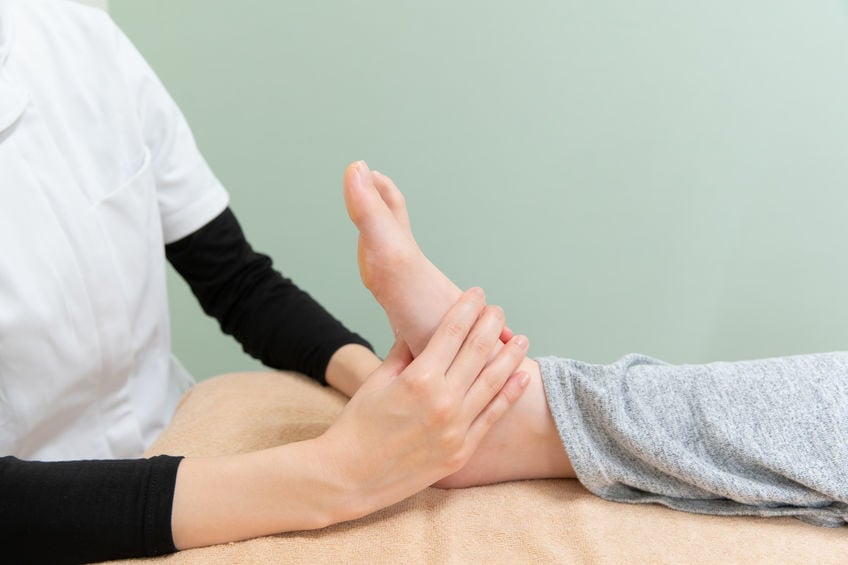The Pain Of A Broken Bone
For many people, the sensation of pain can serve as a cautionary warning to prevent damage or indicate that an injury has occurred. While discomfort can happen throughout the body, a broken bone ranks fairly high on the pain scale. Depending on where the fracture occurs, people may need more serious interventions than simply getting a cast or reducing weight on the injury site. With 26 bones in the foot, a fracture or break in this area can turn serious if the following signs are ignored.

1. Severe pain and swelling
Unsurprisingly, pain and swelling are 2 of the most telltale signs that an injury has occurred anywhere in the body, including the foot. While some discomfort would be expected for any incident, with a fracture, the pain intensity can be more significant. Although pain interpretation can vary by person, a trip to the doctor is in order if the pain is significant enough to interfere with mobility.
2. Signs of a cut or bruise
If the foot has a visible injury like a cut, wound, or bruise that indicates a possible fracture, don’t wait to get help. More severe breaks may even cause bones to break through the skin. Getting immediate medical attention should be a priority in these scenarios.
3. Misshapen foot
Similar to visible damage to the foot, a misshapen appendage is another obvious sign that any injury incurred is serious. Note that this symptom can also include a foot that’s pointing in the wrong direction or has become deformed due to a broken bone.
Fixing fractures with ORIF
Open reduction internal fixation (ORIF) is a surgery that works to repair severely broken bones. The procedure is highly specialized, and only people with severe breaks are considered viable candidates. The surgery involves several steps to realign the bones, stabilize the injury, and repair any damage incurred. Ideal candidates for ORIF include individuals who have experienced breaks in several places, a bone that moved out of position, or bones sticking out of the skin.
What to expect
Open reduction internal fixation is a multifaceted surgery requiring a few steps. First, the bones will be held together through an artificial source such as plates, rods, metal pins, or screws. Sometimes, the procedure is recommended for unstable breaks, including injuries that occur in the joint area. While the treatment is fairly successful for most people, individual outcomes often depend on the patient’s age, general health, severity and location of the fracture, and what rehabilitation is performed after the procedure.
Surgery for improved healing
Although not all people are good candidates for ORIF, the procedure is often necessary as an emergency treatment. An orthopedic surgeon can provide proper guidance on what to expect, how to prepare for the surgery, and how to recover for the best mobility outcomes. If a fracture is suspected, don’t delay seeking an assessment from a healthcare provider.
More Articles from MVSC
December 14, 2023
Ankle pain is common, but sometimes arthritis is at play. An orthopedic surgeon may recommend subtalar fusion for patients.
November 28, 2023
Is bunionectomy a solution for foot pain caused by bunions? Learn about surgical and non-surgical options before a decision.
September 26, 2023
An Achilles tendon recovery timeline can be long and grueling. With rest and physical therapy, patients can see faster results.
September 19, 2023
Big toe arthritis can cause severe discomfort if left untreated. Hallux rigidus repair can provide extensive relief for patients.







